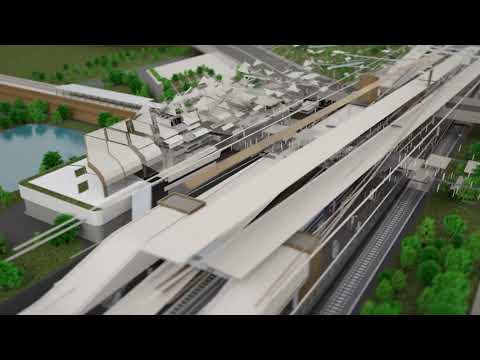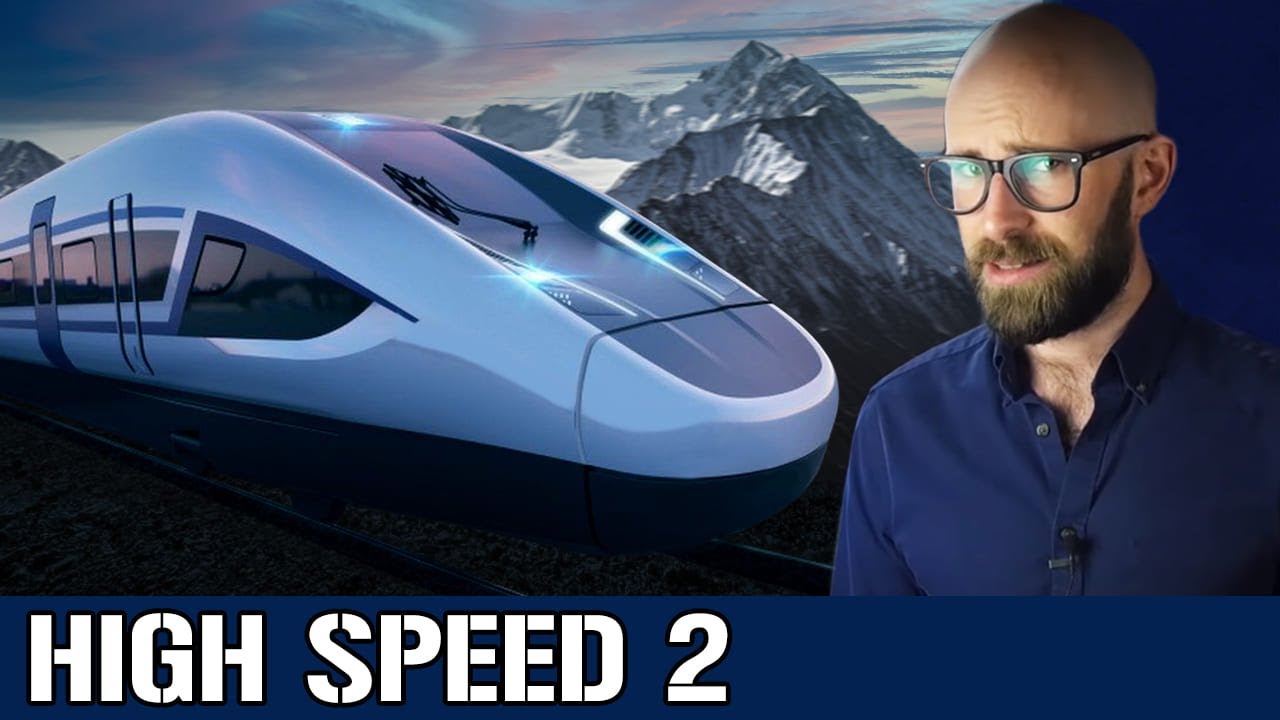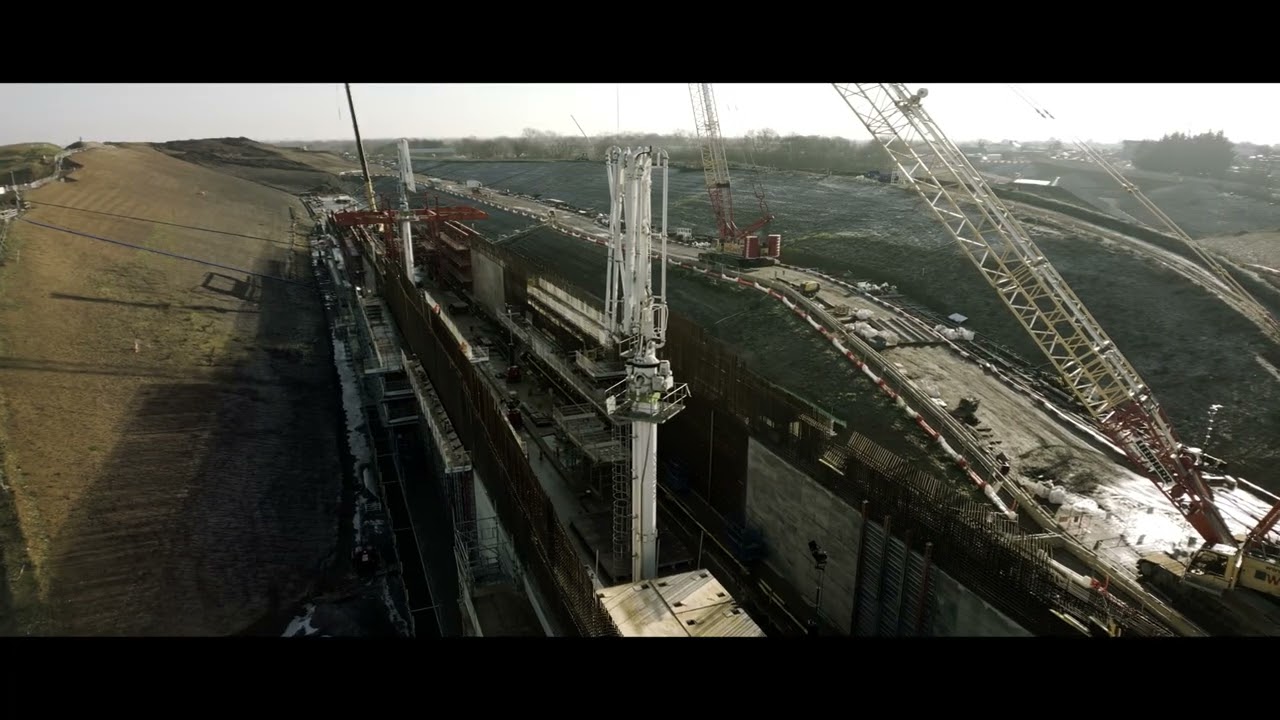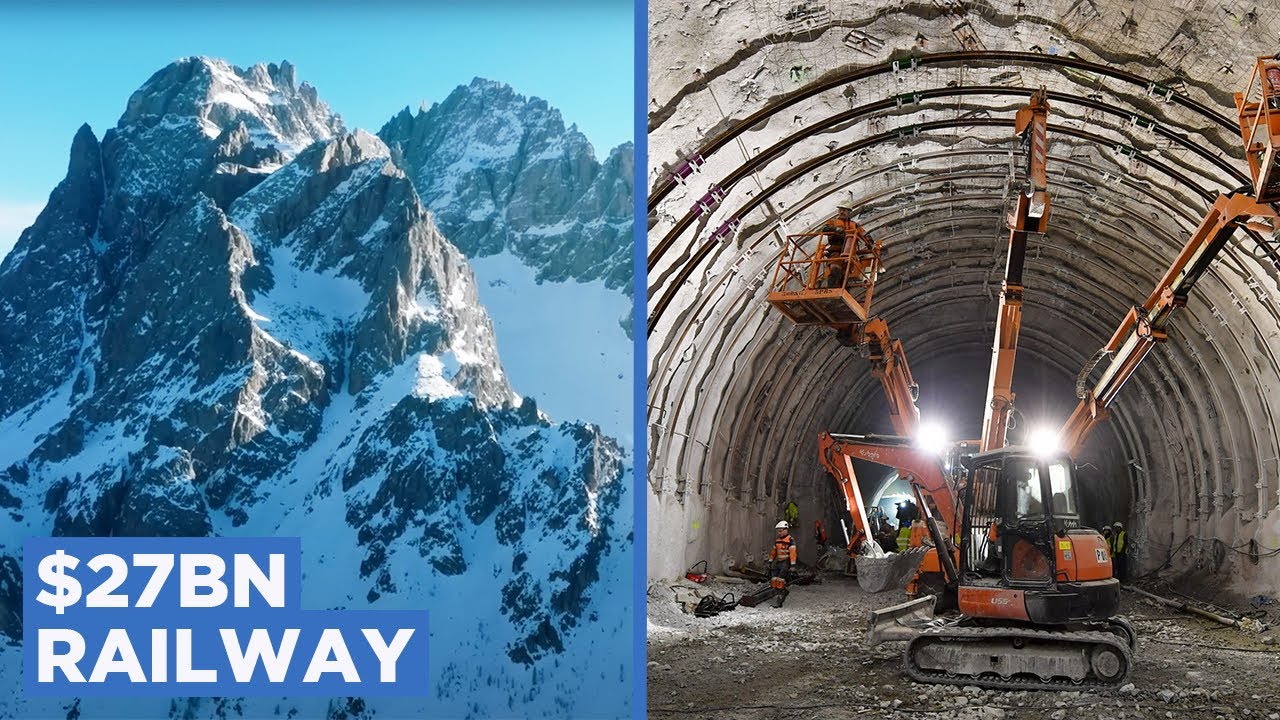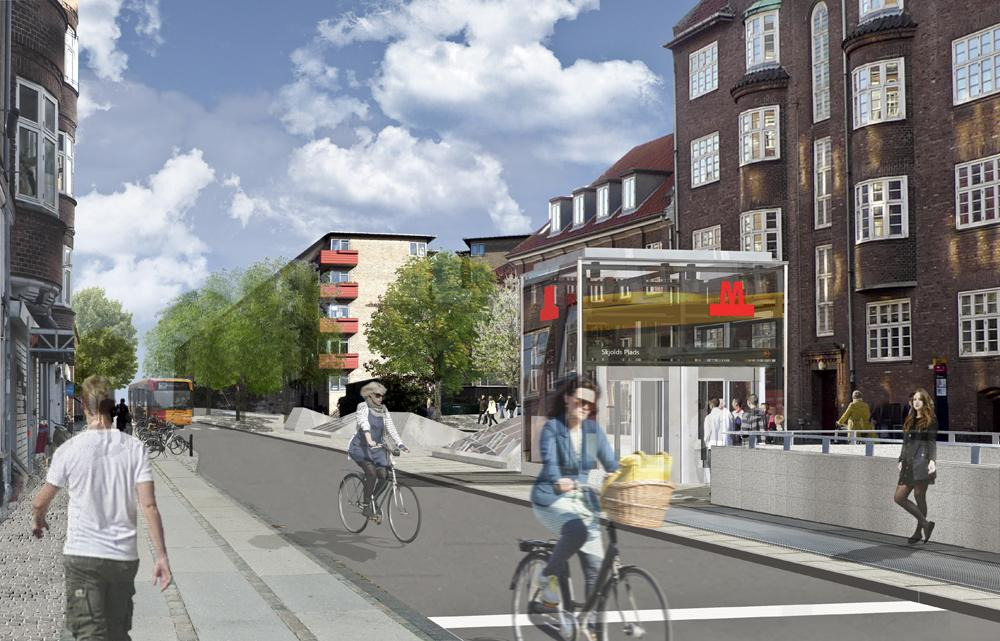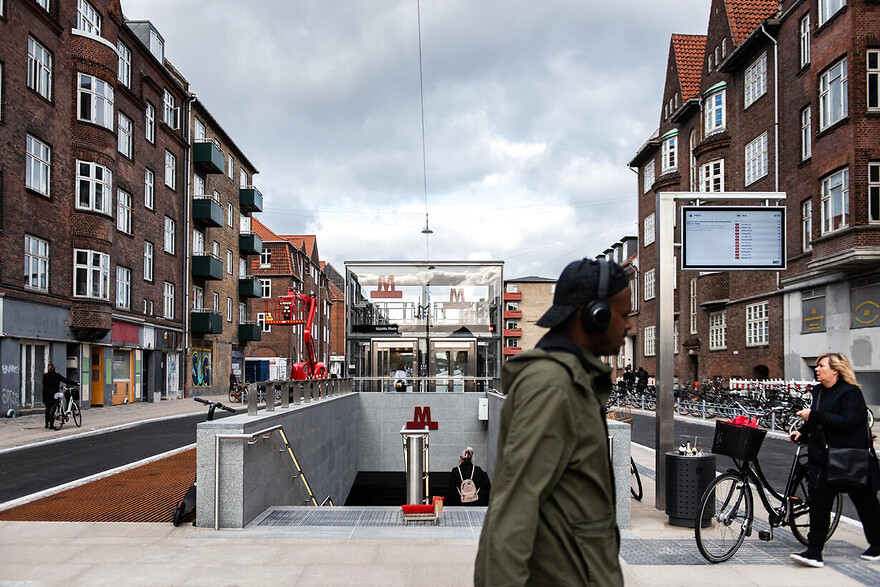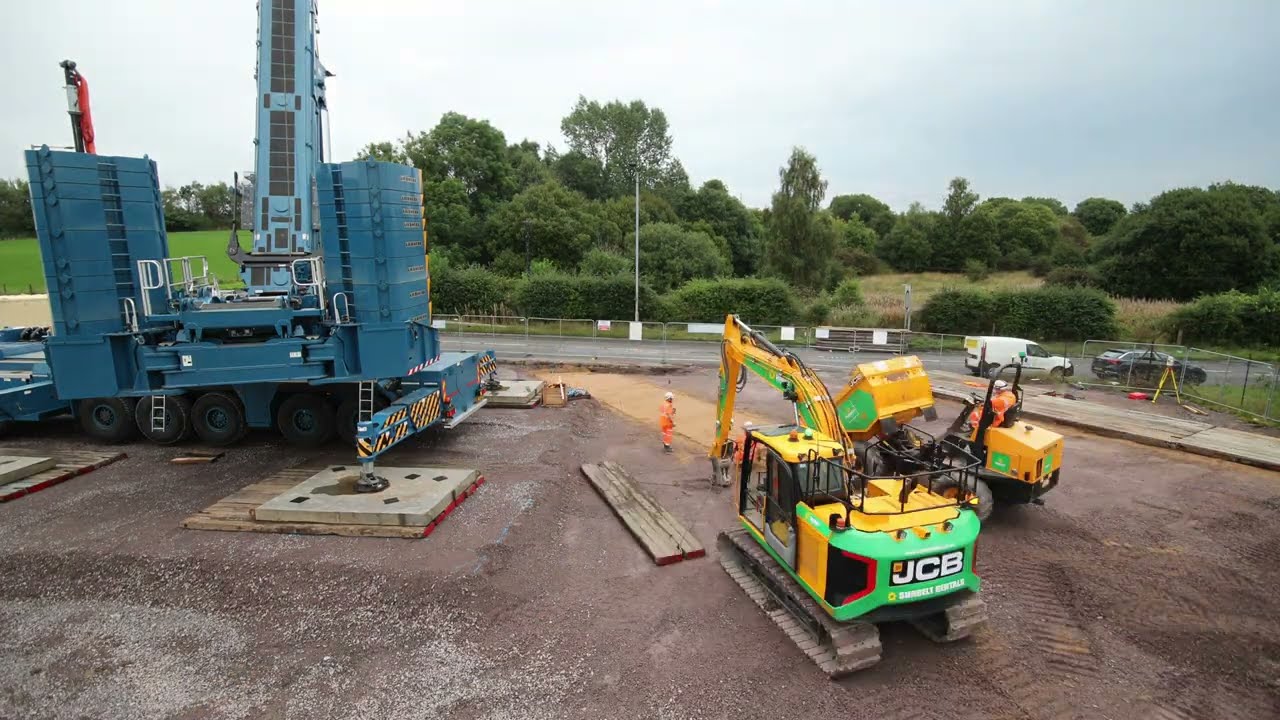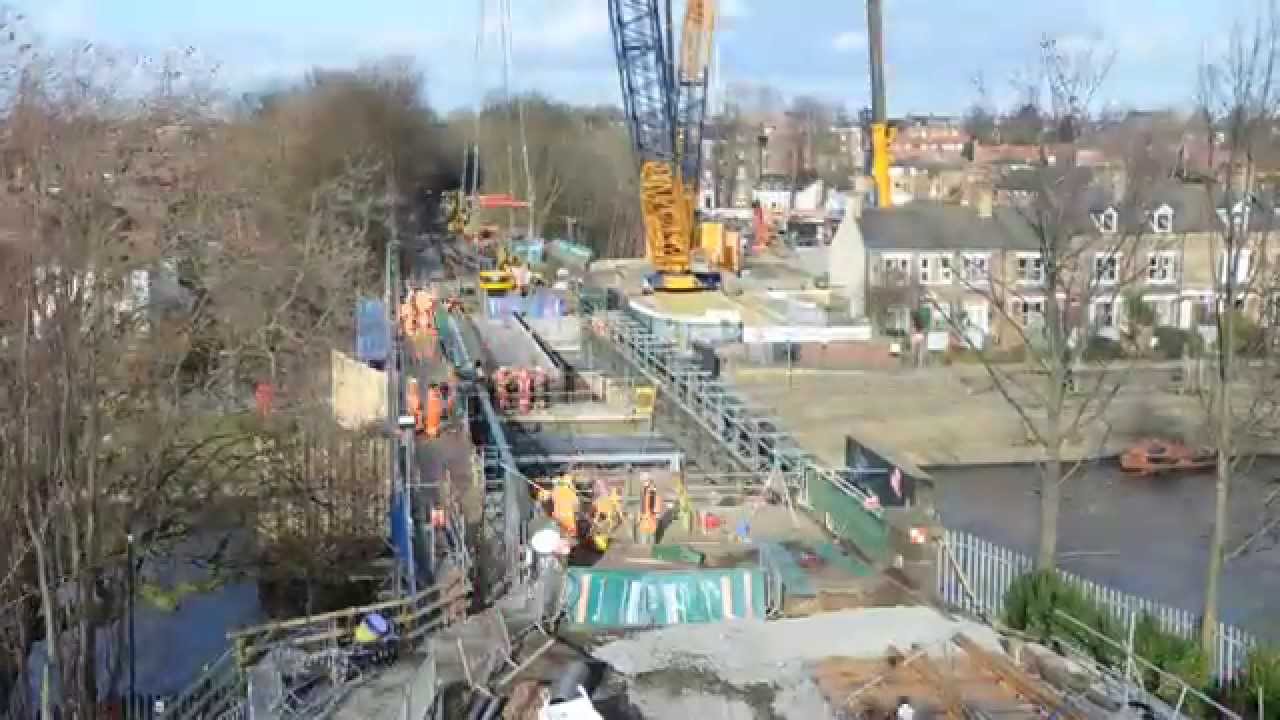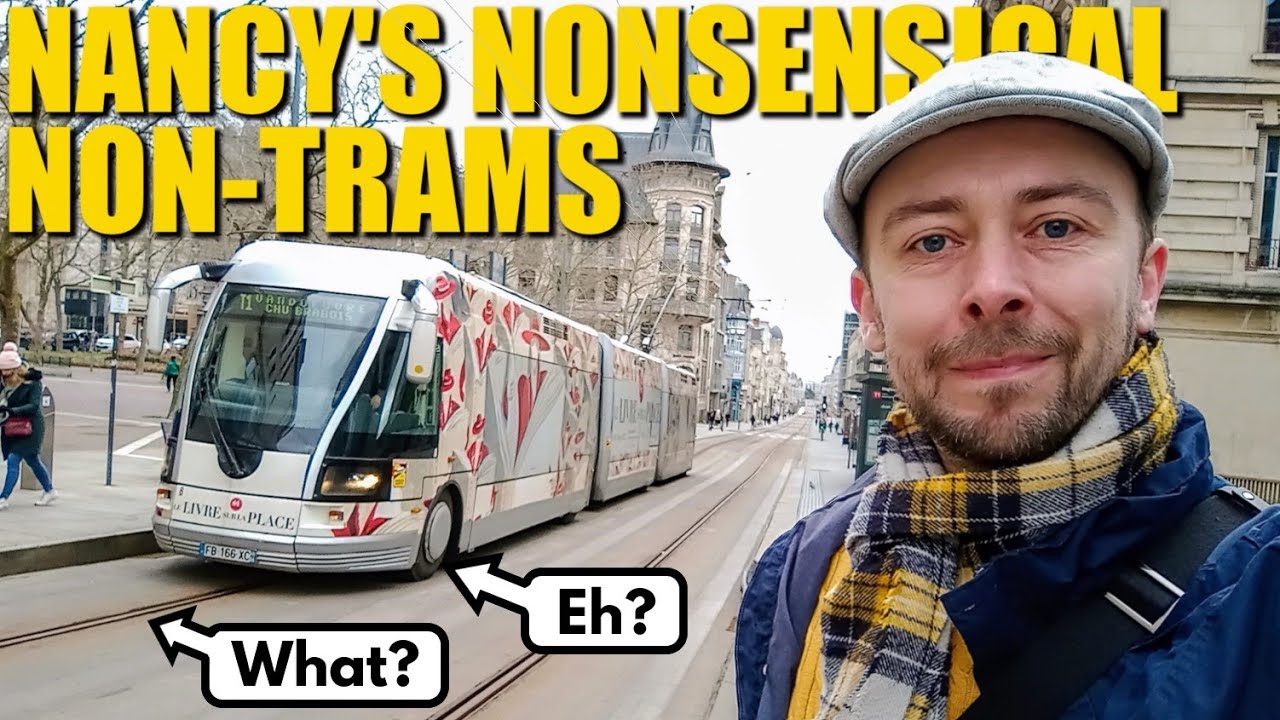Well, if you consider us one of the worse offenders, I would argue that the UK gets a heck of a lot more value for its money than we do. I’ve watched enough documentaries to know just how much of a stickler they can be for tiny details. We accept things that would never pass over there. Even a single panel that it out of alignment is grounds for a rework at the expense of the contractor. We don’t seem to have that kind of culture for public transit.
All of that perfection requires them to spend massively more though. And it’s all at the cost of the project timeline aswell. Crossrail was delayed to all hell just to make sure it was absolutely perfect. I don’t know if this is the right route to go with our transit. I obviously want quality, but things that aren’t built because they’re too expensive or things that are delayed 5 years because of minor issues represent transit that isn’t moving more people
Projects in the US and Australia are also similarly (horrifically) expensive, delayed, and while they are “perfect” when they open, it’s all so painful and dissuades future investment in transit
Wait US transit projects are not perfect when they open lmao, don’t know why I included them in that. The finishings on the Grand Central Madison project were really rushed despite being very delayed and very over budget
The US has been building LRT systems for the last 2 decades, and they are easily some of the worse transit systems on the planet. They have low ridership. They are slow because of just how many interactions there are with street traffic. They have a low frequency because of the fact that they run on streets. Many of them have stations that are located in the middle of highways. Los Angeles is particularly notable for that. Some of them don’t even have pedestrian access and connect only to BRT routes.
The US also has quite a few of those airport PRT systems that take you on a 5 minute ride to the nearest metro station because of the financing rules that they used to have.
To put it that way, US system are way beyond “not perfect”. They are an aberration. We really should not be comparing ourselves with some of the worse exemples of transit on the planet.
I was thinking more New York city 2nd Avenue subway, 7 train extension and east side access United States. And less los Angeles green line. But yea, all your points still stand
Yeah well, just like us, New York hadn’t built anything in decades. At 2.2 billion per kilometer, the 2nd Avenue subway is easily the most pricy subway that’s been built.
New York has another pricy project that the desperately need to tackle. They need to build a new tunnel under the Hudson so that they can take the old one out of commission and repair it. When hurricane Sandy came ashore, it flooded that tunnel. The salt caused a lot of damage. At least one tube, perhaps both will have to be closed in a matter of years regardless of what they decide to do. That will cut by a factor of 4 the number of trains coming into New York from New Jersey. I don’t understand why they aren’t already working on it. The economic costs of closing one of the two tube is higher than the cost of a brand new tunnel, and mind you, we are talking about a 16 billion $ project…
Interstate politics. Working trans-hudson is a nightmare. Also no foresight. It’s not like they couldn’t see these issues on the horizon ![]() now it’s very late but they have to start
now it’s very late but they have to start
This video is a year old, but it makes a lot of very good points about why Tokyo has such a great transit system.
Il y a tellement de contenu à propos du projet de HS2 que j’ai pensé bon de créer un nouveau thread pour réunir tout sur ce sujet. Considérant que le gouvernement du Canada est en appel d’offre pour le projet de HFR de Via Rail, et que le gouvernement accepte les propositions de projet de HSR, ça me semblait particulièrement pertinent.
Pour débuter, voici un petit video qui présente le projet:
Et un video qui présente certains aspects historiques pour mieux comprendre le contexte dans lequel ce projet s’inscrit.
Le tunnel de Copthall est une tranché couverte au nord de Londres. C’est le portail d’entré d’un segment de 13 km creusé par TBM entre West Ruislip et Green Park Way (Northolt).
Document PDF
Localisation sur Google Maps
https://www.google.com/maps/@51.5790809,-0.4692599,2544m/data=!3m1!1e3
Vidéo de l’avancement du projet:
Here’s another fantastic video from B1M about a brand new tunnel being built under the Alps. One of the things that is very notable about theses base tunnel projects is that while they are being advertised as high speed rail projects, they will also allow cargo trains through. This will reduce the amount of trucks on the highways and reduce the need to expand the road network.
Comme quoi les gros projets de transport en commun, c’est plein de petits détails:
La SNCF fait des profits record. Comme quoi que cela peut etre rentable le transport de passagers par train.
Dans un scénario d’un PSE rejoignant le centre de l’île, je verrai bien une approche comme celle de la station Skjolds Plads à Copenhagen.
AVANT / APRÈS
AVANT / APRÈS
Le problème, c’est qu’à Montréal, on ne peut pas vraiment avoir d’escaliers à l’air libre en hivers. Ça gèle et on se retrouve avec de la glace. Dans un endroit aussi achalandé qu’une entré de station de station de métro, c’est à éviter.
Okay, the concept is not, like, a locked in thing, all right? It’s any simple station design that uses and enhances the public domain, is what the idea is.
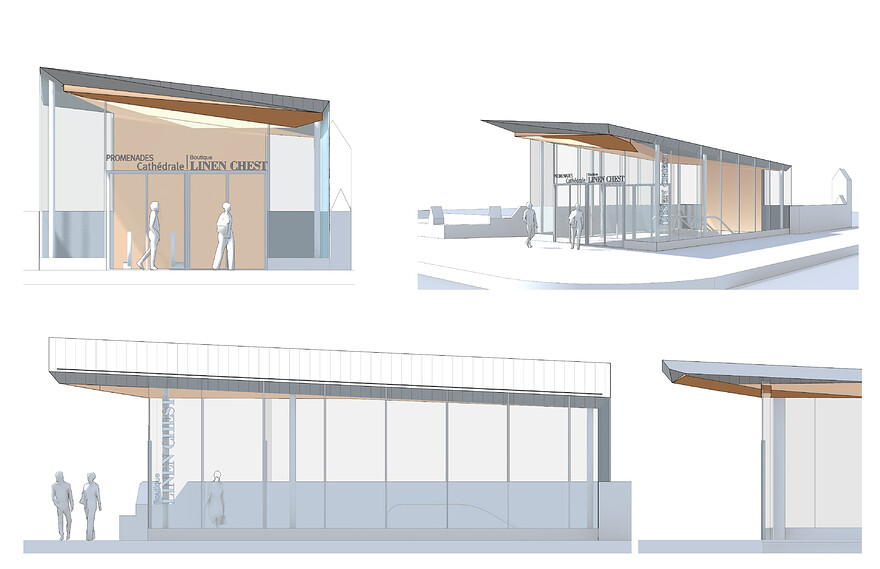
Transport collectif et densification
When Suburbs Go to War With Transit
A battle over building a housing development near a Baltimore light rail station illustrates why it’s so hard to make viable public transportation in the suburbs.
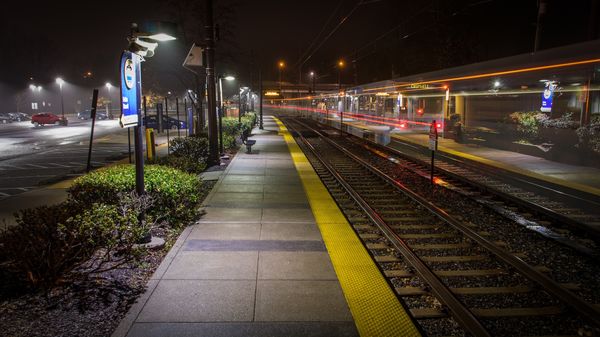
An empty light rail station platform in Baltimore, where development around transit lines has been slow to emerge.
Photographer: Five Buck Photos/iStockphoto
By
Klaus Philipsen
February 24, 2023 at 10:09 AM EST
On a recent Wednesday, I stood on the platform of a light rail station in Lutherville, Maryland, about 15 miles north of downtown Baltimore, having a flashback.
More than three decades ago, I was the architectural project manager for the light rail system that the Maryland Transit Administration was planning for the state’s largest metropolitan area. Like several other US cities in that era, Baltimore was hoping that this modern streetcar-like mode could be built cheaper than subways and spur economic development along the route.
The project had been difficult. To keep land costs down, the alignment followed the tracks of an abandoned interurban train line — convenient but not necessarily optimal. A tony neighborhood along the route had flat-out rejected a station. But Lutherville, like several other station sites in Baltimore County, had potential. With a residential development on one side and large commercial lots on the other, it could have grown into a lively community hub.
The trains began running in April 1992. But the potential they were designed to unlock remains dormant. Lutherville’s light-rail platform is a lonely place. To the east looms the unadorned back of a now mostly dead mall, part of a commercial corridor that still looks as if it had sprung from the cover of The Geography of Nowhere. To the west, the single-family homes that peek through a wooded buffer are still inaccessible. Steps off the station platform lead to a muddy dirt path that ends at a creek, crossable only via strategically placed rocks.
On my visit, I was joined by a single person waiting for the next city-bound train. When it eventually arrived, one other rider disembarked, heading for a waiting shuttle bus. The train car was mostly empty, reflective of ridership that even before Covid-19 had never met its targets.
I came back to Lutherville because there’s a battle raging about its future. A local developer has bought the ailing mall and proposed a mixed-use project on the 13-acre site, with 400 apartments, offices, retail and green space, all cheek-to-jowl with the light rail station. This kind of transit-oriented development, or TOD, would finally make this site the envisioned hub. While a network of rail lines is necessary for an effective transit system, better land use at stations is equally important. Adding nearby housing and jobs not only boosts ridership but helps address multiple other problems, including long commutes, lack of affordable housing, surplus retail space, and the triple crisis of air pollution, climate change and inequity.
But the site’s current commercial zoning doesn’t allow for residential use, and many nearby residents are fighting to halt the project. The debate is mired in the same angst that accompanied the light rail’s birth back in the early 1990s — a tension that has long made the underutilized suburban parts of the line more tolerated than cherished and prevented land use that supports transit.
Baltimore’s light rail became an example for how transit can be starved to near death.
The light rail movement of the 1980s was seen as more than a second coming for streetcars, especially in Baltimore, where a dense trolley network had been replaced by buses and a single subway line. The new trains were intended to herald a larger urban revival. The system’s DNA included transit-oriented development, in that the city’s new downtown baseball stadium, Oriole Park at Camden Yards, served as its anchor. The ballpark had been scheduled to open together with light rail service. The trains could haul fans and mitigate the need for the sea of parking typical of modern sports venues.
Accordingly, the light rail system was engineered for crowds: The Lutherville station platforms are 270 feet long — enough to accommodate three 95-foot-long rail cars that can swallow up to 260 passengers each. By comparison, a standard bus is 40 feet long and 8 feet wide.
While Oriole Park became a national model for urban ballparks, Baltimore’s light rail became an example for how transit can be starved to near death: Between games, the giant trains run mostly empty, and development around most stations has been slow to emerge.
The region’s transit struggles became a national topic in 2015 when newly elected Republican governor Larry Hogan killed the Red Line, a $3 billion second light rail line that had been in design for more than 13 years. Coming just months after the Freddie Gray unrest had laid bare the city’s inequities, the cancellation of the urgently needed complementary east-west service — and the loss of nearly $1 billion in federal funds set aside for the project — looked like a slap in Baltimore’s face.
Now, with the transit-friendly Democrat Wes Moore as governor, hope has been rekindled for fresh investments in public transportation for the area, and the Maryland Transit Administration has launched a study to explore expanding light rail, subway or bus rapid transit service. Governor Moore has also expressed support for reviving the Red Line project that his predecessor halted.
But while the local political winds have shifted, the fear, privilege and suburban aversion to anything “urban” haven’t gone anywhere. Under the slogan “no apartments, no compromise,” a faction of Lutherville residents have lined up against the TOD designation and station redevelopment. Their arguments follow a familiar NIMBY template: too much density, too much traffic, not enough public input, too much impact on overcrowded schools, not enough open space. Comments about the “the transient nature” of apartment living are revealing, as is the exclusionary notion of trains and apartments bringing “riffraff” from the city — a fear that made headlines when light rail was planned 30 years ago and today is usually expressed in more circumspect terms. At one of the rousing town-hall meetings about the proposed Lutherville development, one resident exclaimed “why can’t we just keep our lovely suburbia?”
Suspicions against those who use public transportation or live in multifamily housing make for a volatile mélange that is not unique to Lutherville. Systemic anti-transit land-use policies are common across the US. In a peculiar circular logic, transit opponents often use the poor state of current transit service as an argument against expansion or improvement.
Not helping is that usually transit is planned on a regional scale and land use on the myopic level of a council district. And then there is any such project’s fundamental problem: It’s a lot easier to rally folks for maintaining the status quo than for anything new and different. Transit riders usually don’t speak up, much less for lines that don’t yet exist. The same is true for the potential residents of those proposed apartments who would value a housing choice not currently offered in the area, with easy transit access to Baltimore City or job centers further north.
This attachment to the status quo is neither plausible nor realistic in a suburb that has grown by 75% in population and much more in diversity since the days of notorious Baltimore County executive Spiro Agnew in 1960. A mixed-use project with apartments and green space would be infinitely more lovely than the backside of a former department store and current expanse of empty pavement.
Adding transit-accessible housing would be a win for sustainability and equity. If first-ring suburbs like Lutherville expect to avoid the economic problems of the cities they surround, they will need to find a way around the kind of uncompromising and outdated thinking that hobbled this train three decades ago.
Klaus Philipsen, FAIA, is a Baltimore-based architect and urban design consultant.
That sums up NIMBYism, much of which is still anchored in White Flight, some 75 years after its inception with the postwar boom.
In the last decade, the UK has been busy replacing old Victorian railway bridges. In many cases, the replacement is donne during a very short closure window lasting only a single weekend. I see no reason why we could not manage similar results in Québec.
The key to being able to construct and replace infrastructure in such a short timespan is planning and the use of prefabricated structures. Prefabricated parts have already made their way into our construction industry. This is the next logical step. It minimises disruptions. The old structure and the new structures are often moved in one single very large piece, usually with Self-Propelled Modular Transporter, or with a very large crane.
This bridge replacement lasted only 50 hours.
This particular bridge is over water which makes its replacement somewhat more challenging. It was done over a 9 day period.

